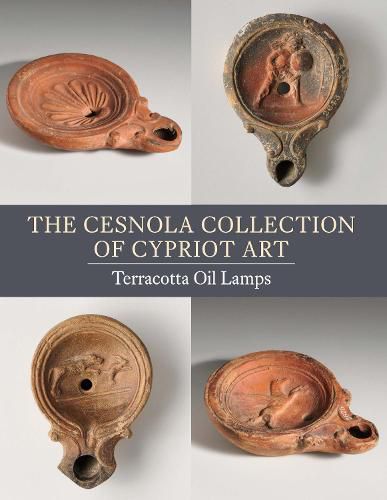Readings Newsletter
Become a Readings Member to make your shopping experience even easier.
Sign in or sign up for free!
You’re not far away from qualifying for FREE standard shipping within Australia
You’ve qualified for FREE standard shipping within Australia
The cart is loading…






This publication, the fourth in a series that meticulously catalogues works in The Metropolitan Museum of Art’s renowned Cesnola Collection of Cypriot Art, focuses on the collection’s 453 terracotta oil lamps dating from the Classical, Hellenistic, Roman, and Early Byzantine periods. The rich iconography on many of these common, everyday objects provides a rare look into daily life on Cyprus in antiquity and highlights the island’s participation in Roman artistic and cultural production. Each lamp is illustrated, and the accompanying text addresses typology, decoration, and makers’ marks on each of these objects. Although these small, utilitarian oil lamps are often overlooked in scholarly studies of the classical world, this close examination reveals their social, cultural, and artistic contexts, which provide new insights into art, craft, and trade in the ancient Mediterranean.
$9.00 standard shipping within Australia
FREE standard shipping within Australia for orders over $100.00
Express & International shipping calculated at checkout
This publication, the fourth in a series that meticulously catalogues works in The Metropolitan Museum of Art’s renowned Cesnola Collection of Cypriot Art, focuses on the collection’s 453 terracotta oil lamps dating from the Classical, Hellenistic, Roman, and Early Byzantine periods. The rich iconography on many of these common, everyday objects provides a rare look into daily life on Cyprus in antiquity and highlights the island’s participation in Roman artistic and cultural production. Each lamp is illustrated, and the accompanying text addresses typology, decoration, and makers’ marks on each of these objects. Although these small, utilitarian oil lamps are often overlooked in scholarly studies of the classical world, this close examination reveals their social, cultural, and artistic contexts, which provide new insights into art, craft, and trade in the ancient Mediterranean.